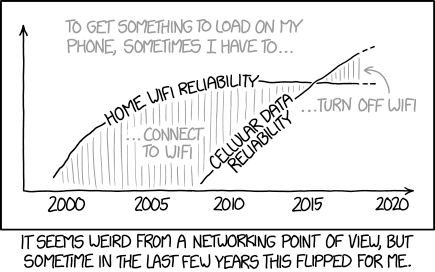This is a bit LA specific but you can probably generalize the conclusions to other areas.
While there are certainly cases where simple solutions work with complex problems, you should always beware when the appeal rests disproportionately on that simplicity, particularly when combined with ideology and vested interests.
Recently in Los Angeles, we've seen a powerful alliance between utopian urbanists, free market advocates, and real estate developers. The rhetoric has been lofty, framing their initiatives as a battle against climate change, congestion, and urban decay. A look at the details, however, raises serious questions and perhaps reveals the fundamental flaw of the alliance, that utopianists who depend on market forces and business self-interests are perhaps bound to be disappointed.
Before we get into cases, let's review a few general principles. Building housing so that residents have access to good public transportation is generally a great idea, but it is important to define what constitutes "good" here. Since the objective is to reduce or even eliminate the need for cars, the public transportation options need to be reasonably competitive in terms of range of destinations, speed, convenience, and pleasantness, roughly in that order.
The first is particularly important in terms of jobs and commuting. The main problem with the naïve live-where-you-work model is that people often live in multi-income households and frequently change jobs. This also brings up an aspect of public transportation that is frequently forgotten by people who write about buses and trains but don't actually use them. While as-the-crow-flies distance is usually a pretty good indicator of travel time if you have a car or a bike, it can be almost meaningless when you are relying on other forms of transportation. In a place like Los Angeles, it is easy to find examples where one 10 mile trip will take 20 minutes while another will take two hours.
A good (albeit arbitrary) metric for evaluating public transportation as a commuting option would be to count the number of destinations that can be reached by bus, train, and bicycle within a half hour (maybe 45 minutes). Based on that metric and other factors such as available land and demand for middle and lower income housing, there are a number of spots in LA that would be ideal for development.
Chinatown would be perfect. In addition to having its own train station, it's within walking distance of Union Station, the major transportation hub for the county. Between the different bus and rail lines, you have a reasonable commute to much of greater LA. Another excellent candidate would be the section of the Green Line that connects the silver line in the blue line in South LA.
On the other end of the spectrum, if you were to look at the map of the LA train system and try to find the worst possible place for building housing around stations, you would very probably end up picking the Expo line to Santa Monica. While overall a good addition to the system and certainly better than nothing, the Expo line is a slow and exceptionally badly connected train. The commuter relying on it would have either a very small list of destinations or would face daunting travel times.
You can probably guess where this is going. The one place where everyone's talking about this new urban vision is the one place it's least likely to work, Santa Monica. There are vacant lots used for parking within walking distance of Union Station and a desperate need for good affordable housing in places like Watts. Train station housing developments in those areas make far, far more sense from a public transportation standard and from an economic development standard, but given the choice between a trendy, upscale beach neighborhood and Compton, where do you think the real estate the money is going to flow?
(Yes, I do realize that there's a trickle-down argument, but LA's a big place and the idea that lowering prices in fashionable beach communities will have a noticeable effect on the market in East LA seems unlikely.)
At the risk of pounding home the obvious,bad housing regulations and zoning laws have done a lot of damage and NIMBYs bear a great deal of the blame. Under the right circumstances, intelligent deregulation and selective application of market forces could help alleviate some serious problems, but blind faith in those forces and in the enlightened self-interest of developers is foolish and dangerous.



